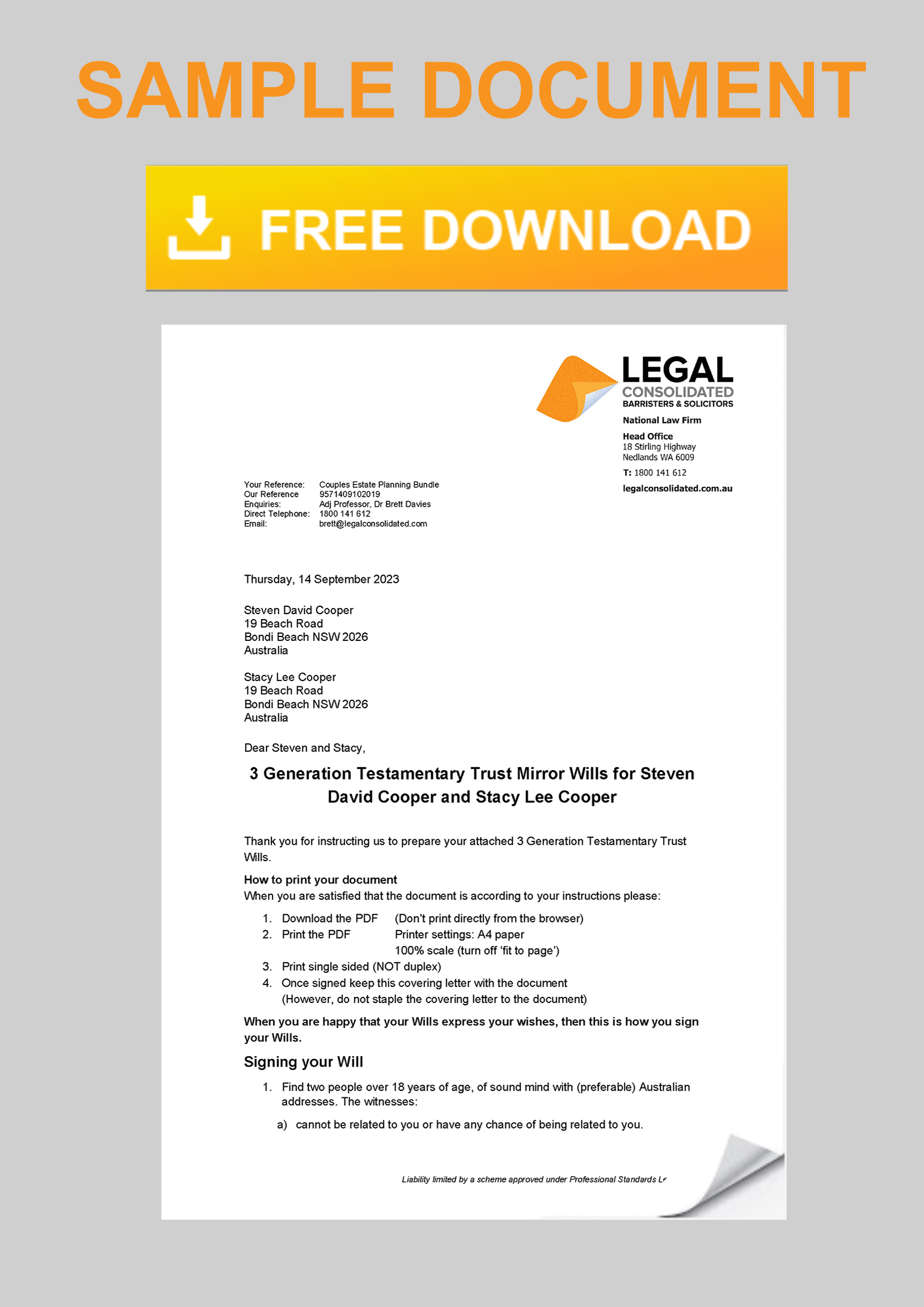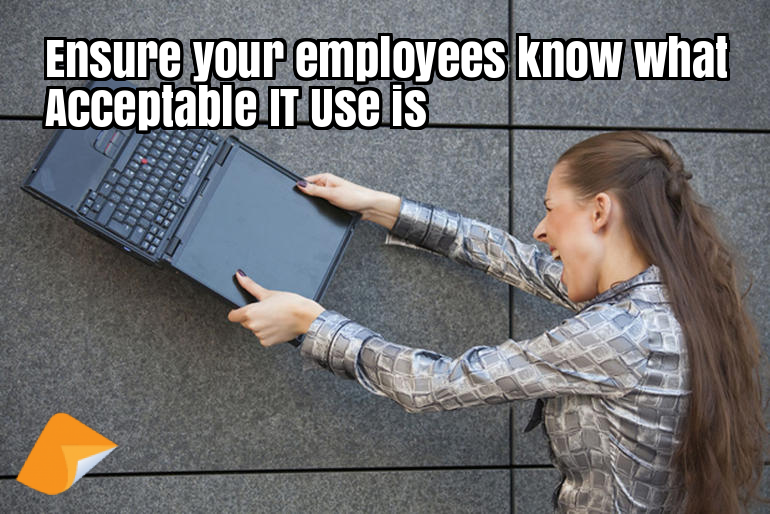Social media policy
This policy provides information for employees for acceptable social media use in the workplace.
The policy sets out how you manage situations where an employee is using social media for unacceptable reasons.
This policy is suitable for use in any business with persons who are:
- permanent employees (including full time and part-time);
- fixed-term employees;
- casual employees; and
- temporary agency staff and contractors.
This policy may be used in conjunction with other policies, such as “Confidentiality policy”, “Employee standard of conduct guidelines”, “Harassment and bullying policy”, and “Termination of employment policy”.
An employee writes rude and derogatory comments about your managers online? Without a Social Media Policy, there may be nothing you can do.
In the case of Stutsel v Linfox Australia Pty Ltd [2011] FWA 8444, Mr Stutsel, a driver at Linfox, was dismissed for serious misconduct. Mr Stutsel had made rude and racially derogatory comments on his Facebook page about his two managers. This included sexually inappropriate messages and phrases such as ‘bacon hater’.
However, the Court found Mr Stutsel had been unfairly dismissed by Linfox and ordered his reinstatement and compensation for lost wages.
How is this possible? The Court emphasised that Linfox did not have any social media policies in place, and although Mr Stutsel’s comments were disgraceful, there was no valid reason for his termination. If there was a social media policy in place, an employee would not get away with racially and sexually charged hate speech online.
If Linfox had built a social media policy with Legal Consolidated there would have been a clear breach and, therefore, a valid reason to dismiss Mr Stutsel. This would have saved Linfox a lot of time, money, and two failed Court cases.
How important are Workplace Policies in Australia?
Never before have employees had so many opportunities to attack employers. Workplace Policies reinforce and clarify the standards expected of employees. They help employers manage and guide staff more effectively. Workplace Policies define what is acceptable and unacceptable in business.
Workplace Policies benefit the employer
Legally prepared Workplace Policies help businesses in many ways. Policies demonstrate that the organisation is operated in an efficient and businesslike manner, raise stability and ensure consistency in the decision-making and operational procedures.
Workplace Policies assist employers to defend themselves in an unfair dismissal claim, Occupation Health and Safety (OHS) prosecution and liability claims.
Work Policies vs Employment Contracts
Policies should form part of each employee’s employment contract.
Check your current Employment Contracts.
- The Employment Contract must expressly state that the employee is subject to the policies, as amended from time to time.
- The Employment Contract should expressly state that your business can change the Workplace Policies, from time to time.
- When the Employment Contract is drafted correctly you are bound by the Workplace Policies.
You cannot automatically direct an employee to obey policies. Instead, incorporate them into the Employment Contract. For example, in BHP Iron Ore Pty Ltd v Australian Workers’ Union (2000) 102 FCR 97, the Court held that a memo is not enough to bind the employee to the policies. It is only possible to bind an employee to policies by express reference in the Employment Contract.
If you are unsure you can build Employment Contracts which adopt these Workplace Policies here: Contract of Employment Page.
Why these Policies are important
A policy is a statement which underpins how human resource management issues are dealt with at your business. It communicates your values and expectations of employee behaviours and performance.
Workplace Policies reinforce and clarify standard operating procedures. They help you manage staff more effectively by clearly defining acceptable and unacceptable behaviour in the workplace and set out the implications of not complying with those policies.
For help building these policies Start Building, read the hints and watch the training videos.




